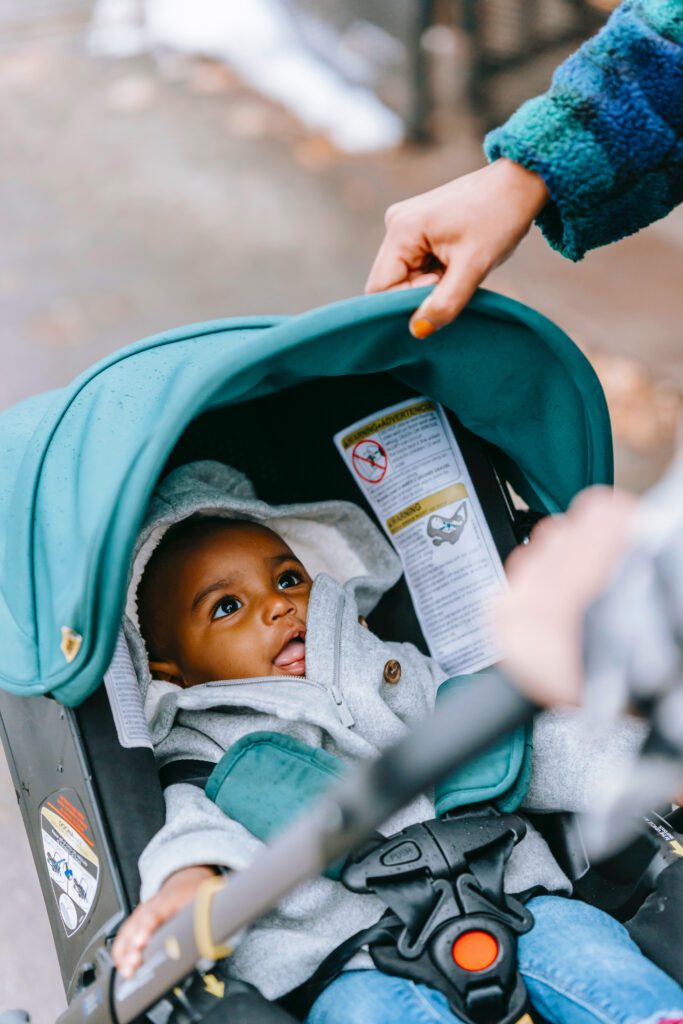
A new report from the Brookings Institution gives policy makers and nonprofit leaders working for social change reason to rethink strategy in favor of more comprehensive approaches. The report shows that although the Great recession ended in 2009, the number of people below the poverty line remains stuck at pre-recession record levels. http://www.brookings.edu/research/reports2/2016/03/31-concentrated-poverty-recession-kneebone-holmes
Also, the concentration of poverty has increased with millions more American living in even more challenging circumstances than before. According to the report: “By 2010-14, 14 million people lived in extremely poor neighborhoods—5.2 million more than before the downturn and more than twice as many as in 2000….More than half of all poor residents in the United States now live in high poverty or extremely poor neighborhoods.”
If you care about education, health care, pre-K, hunger, nutrition, crime, or a number of other issues, this new level of concentrated poverty impacts your efforts and makes your work even harder. If you are working on any of those issues and not working on the underlying issue of poverty that often shapes them, you may be failing to reach far enough upstream.
Living in neighborhoods of concentrated povertry imposes additional challenges for families seeking to pull themselves into better circumstances. Concentrated poverty has negative impacts on crime, drop-out rates and the duration of poverty. Such communities often have less access to social services, after school enrichment programs, mentors and safe spaces.
This is a demographic shift to which we have not yet adjusted. The report argues that “Not only has public perception lagged behind the changing landscape of poverty, the traditional policy and practice playbook that has evolved over decades to address poverty in place has also failed to keep up with the larger scale and more diverse geography of need that exists today.”
This raises at least three major questions for policymakers, nonprofit leaders, social entrepreneurs and advocates:
– Must some part of our work be focused not just on the symptoms of poverty but on its root causes?
– Should our efforts be more targeted and concentrated to match the concentration of poverty?
– Are their deeper collaborations and coordination with other organizations and leaders necessary as a result of this new data?
As the Brookings authors assert, “The intersection between poverty and place matters.”


